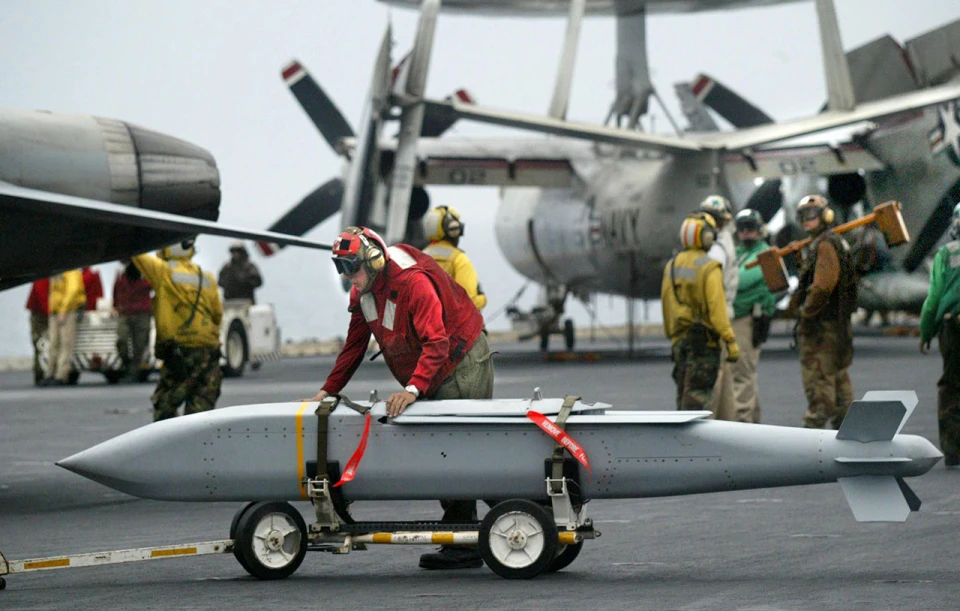
Bomb to long-range weapon: what are AGM-154 JSOWs and why they are important for Ukraine
Following the transfer of F-16 fighter jets to Ukraine, attention has turned to the range of weapons these aircraft can deploy. Among them are AGM-154 JSOW cruise missiles, which the U.S. recently confirmed will be provided to Ukraine
Contents
- What is JSOW?
- When was JSOW provided to Ukraine, and how many bombs might the Ukrainian army receive?
- What are the capabilities of the JSOW?
- Technical characteristics of the AGM-154 JSOW
- Experience in using JSOW
- Bomb that can become a missile
What is JSOW?
The AGM-154 JSOW is a glide bomb designed for striking medium-range targets. AGM stands for "air-to-ground missile," while JSOW refers to a "joint stand-off weapon," indicating its role as a long-range, precision-guided munition.
JSOW was initially developed in 1995 by Texas Instruments, a company that was acquired by Raytheon in 1997. Testing began with the U.S. Navy in February 1997, and two years later, in January 1999, the bomb was adopted into service. In addition to the U.S., it is currently in service with the armed forces of Australia, Finland, Greece, Poland, Singapore, Turkey, and other countries.
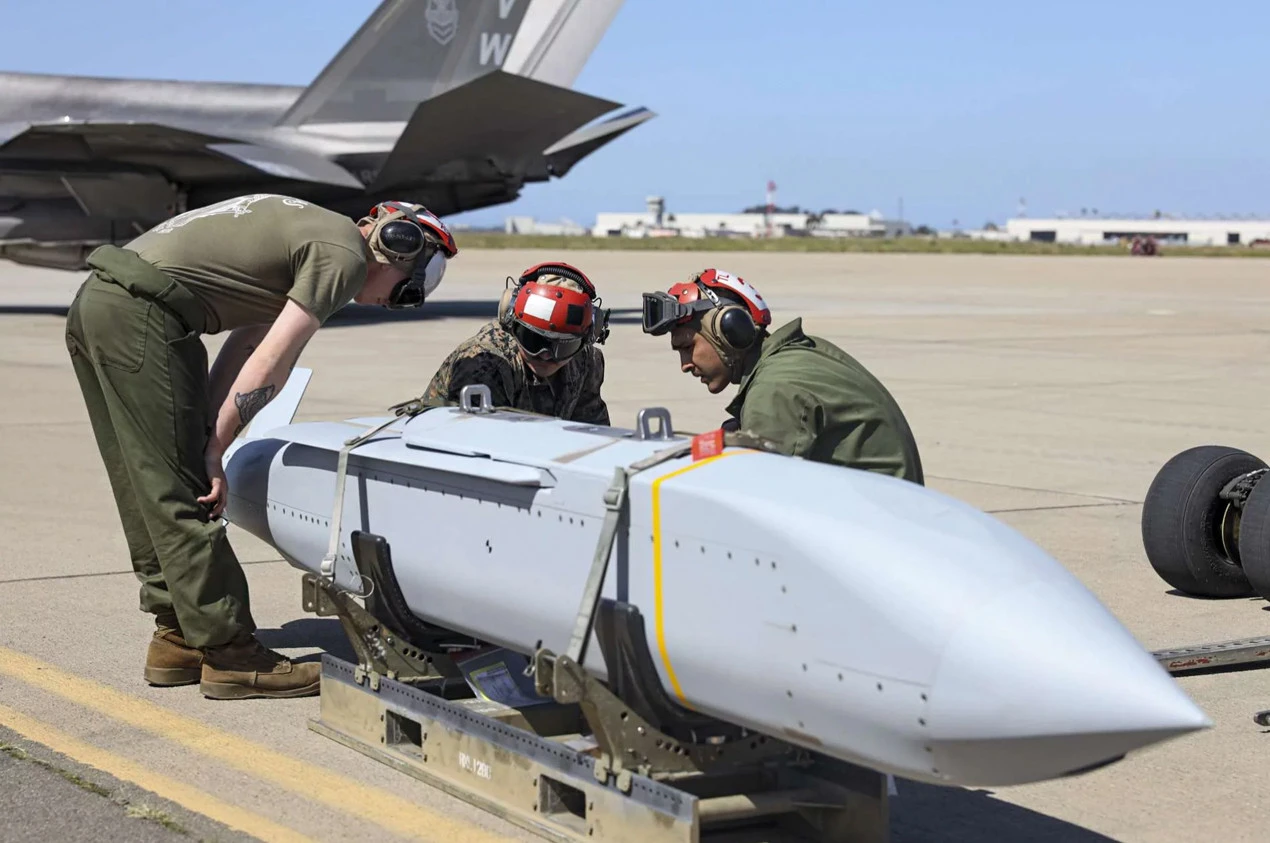
Photo: U.S. DoD
The bombs, weighing up to 500 kg, are designed for use against lightly protected targets – such as lightly armored vehicles, trucks, aircraft at airbases, or air defense missile systems. The bomb's glide capability is provided by two wings, which deploy after launch and enable the bomb to reach its target at a set distance. The F-16 can carry four such bombs.
Politico, reporting on the transfer of JSOW to Ukraine, emphasized that the weapon's range would allow Ukrainian F-16 pilots to stay at a safe distance from the front lines, out of reach of Russian air defense systems.
When was JSOW provided to Ukraine, and how many bombs might the Ukrainian army receive?
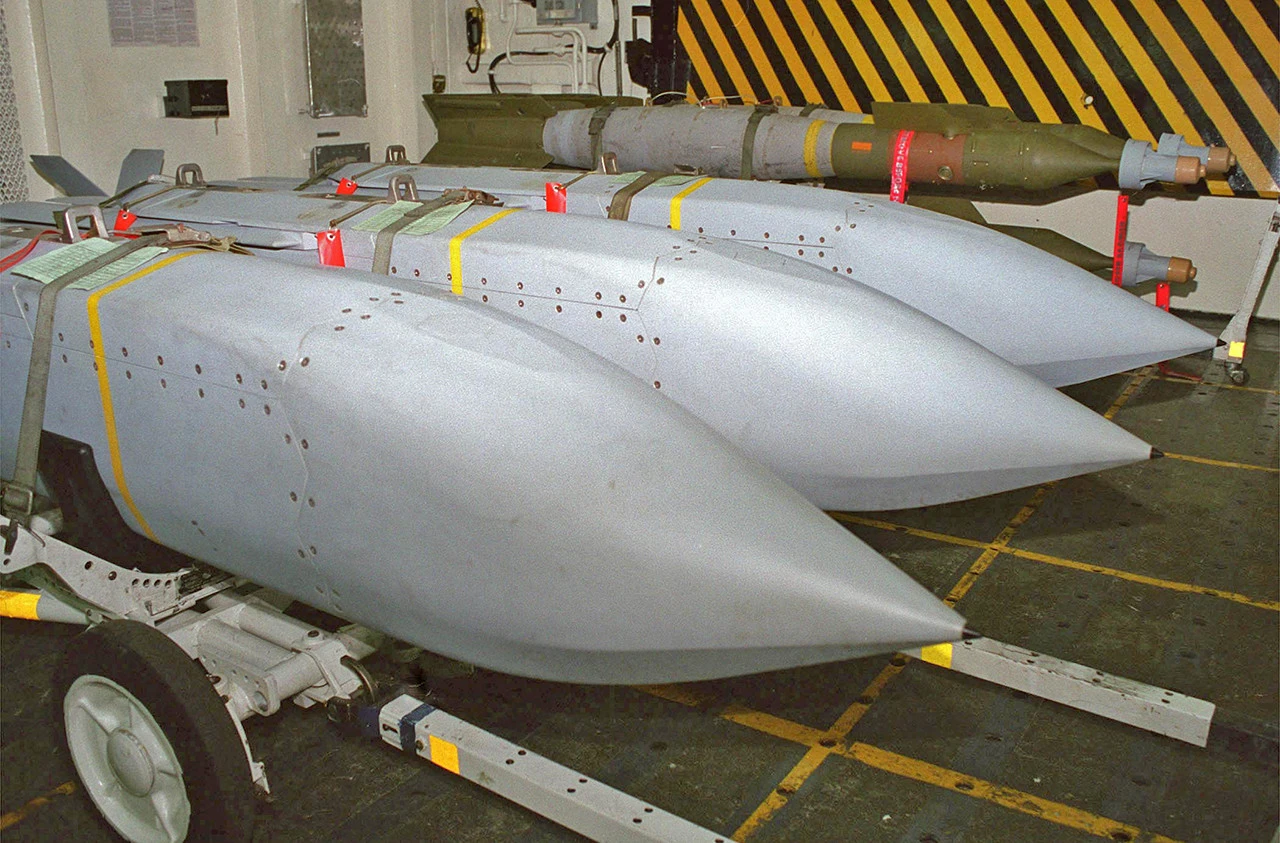
Photo: Getty Images
On September 26, the United States announced a record aid package amounting to $7.9 billion. Joe Biden stated that, in addition to other weapons, this package would, for the first time, include JSOW cruise bombs.
"To enhance Ukraine’s long-range strike capabilities, I have decided to provide Ukraine with the Joint Standoff Weapon (JSOW) long-range munition," the U.S. President emphasized in the presence of Volodymyr Zelenskyy.
Defense Express analysts attempted to estimate how many AGM-154 JSOW bombs the United States currently possesses. The media company suggests that, as of today, the U.S. may have more than 2,000 such bombs. Additionally, the status of decommissioned bombs remains an open question.
"In any case, the available stockpiles, which are measured in thousands, highlight an important feature of this weapon. The main requirement for armaments is not only their technical characteristics but also the quantitative aspect," Defense Express states.
What are JSOW's capabilities?
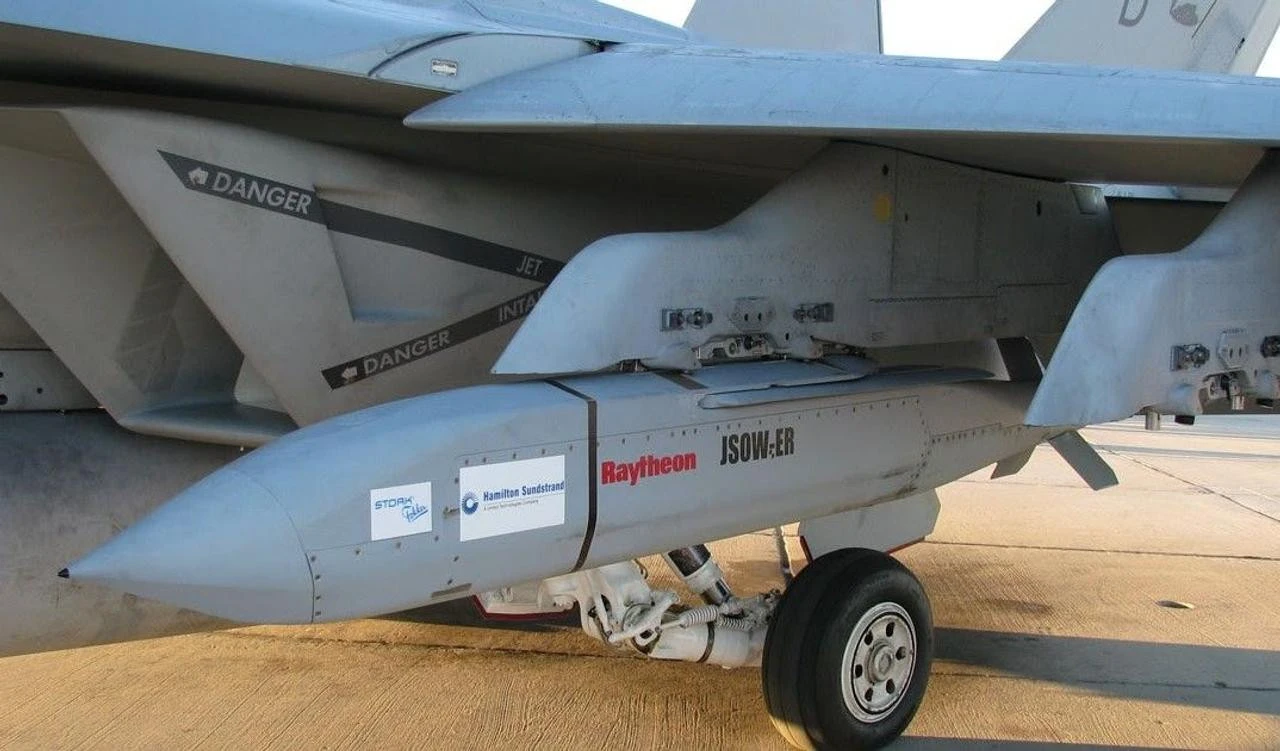
Photo: building-tech.org
It’s important to note that the JSOW is not a missile, but a stealthy, precision-guided glide bomb. Its range extends up to 130 km—double that of the French Hammer glide bomb, which the Ukrainian Armed Forces have been using effectively. However, this range is still considerably shorter than that of missiles capable of striking targets hundreds of kilometers away.
There is another crucial factor: the JSOW can only achieve its maximum range of 130 km if released from a high-altitude flight—at 8 km and a speed of 960 km/h. Currently, such high-altitude flights are generally avoided by Ukrainian aircraft due to the elevated risk.
"The main problem is that the Ukrainian Air Force cannot conduct high-altitude flights due to Russian long-range air defense systems (SAMs) and superiority in fighter jets. Therefore, all glide bombs are deployed by Ukrainian pilots using a lofting maneuver from low-altitude flight," writes Defense Express.
In the case of low-altitude release, the bomb's range varies between 22 and 40 km, depending on different sources. Among the JSOW's advantages, ArmiaInform highlights its high precision, especially when targeting geo-located static objectives. Furthermore, this bomb is stealthy to air defense systems, making it nearly impossible to shoot down. This makes the AGM-154 JSOW a highly effective weapon, capable of preserving Ukrainian F-16s, allowing them to drop the bombs without entering the range of Russian air defenses.
The bomb’s midcourse guidance is managed by satellite and inertial navigation systems, while terminal guidance is provided by an infrared seeker. This seeker is resistant to radio frequency jamming.
Regarding the warhead, different modifications of the JSOW have various options. Ukrainian military analysts emphasize the AGM-154A version, which has a cluster warhead carrying 145 submunitions, each weighing 1.5 kg with a combined shaped charge and fragmentation effect.
For example, the AGM-154C version has a BROACH two-stage warhead designed to destroy fortified targets. This warhead is identical to the one used in the Franco-British Storm Shadow/SCALP cruise missile.
"The warhead is ideal for destroying bunkers and other fortified structures thanks to the use of a precursor charge that penetrates the fortification, followed by the main charge that detonates inside the fortified area," explains the Militarnyi portal.
Technical characteristics of the AGM-154 JSOW:
- Length: 4.06 meters
- Diameter: 33 cm
- Wingspan: 2.7 meters
- Weight: 483 kg
- Warhead weight: from 220 kg
- Range (low-altitude launch): 22 km
- Range (high-altitude launch): 130 km
- Circular error probable (CEP): 1.5–22 meters.
Experience in using JSOW
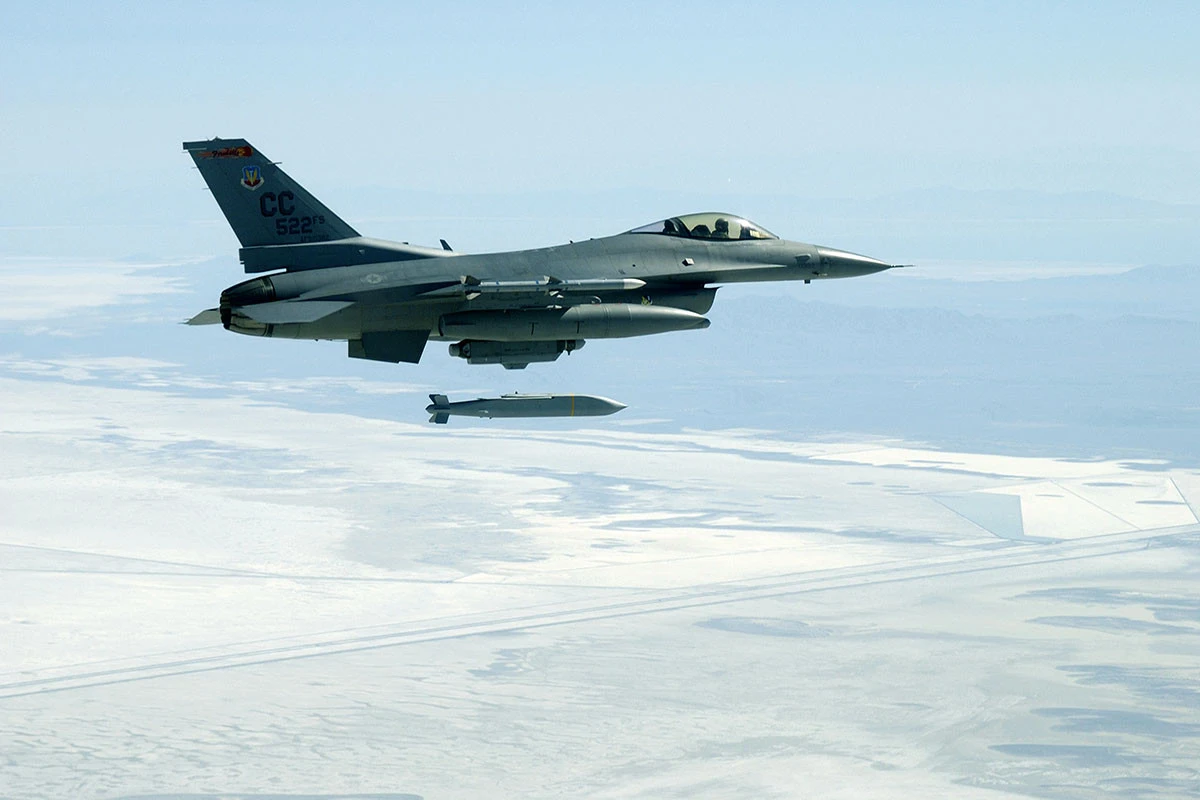
Photo: www.military.com
AGM-154 bombs have been used in many well-known military operations by the U.S. and their NATO allies:
- Operation Desert Fox in Iraq (1998),
- Operation Allied Force in Yugoslavia (1999),
- The War in Afghanistan (2001-2021),
- The Iraq War (2003-2011).
The most notable is considered to be the 78-day Allied Force Operation. Over the course of the campaign, NATO aircraft conducted around 2,300 missile and bomb strikes on nearly a thousand targets. In total, 23,000 missiles and bombs were dropped on Yugoslavia, with a significant portion being JSOW bombs.
These bombs played a key role in the eventual collapse of the Milosevic regime. However, even the most optimistic observers acknowledge that confronting Putin’s regime presents a far greater challenge. Russia’s air defense systems are significantly more advanced than those Yugoslavia possessed at the time.
Bomb that can become a missile
The most intriguing version suggests that the U.S. may have provided Ukraine with JSOWs not only as glide bombs but also as weapons that can potentially be converted into missiles, officially without "taking steps toward escalation."
In the mid-2000s, Raytheon developed a version of the JSOW-ER that could become a cruise missile by adding a small jet engine. This modification extended the operational range to 550 km. This version underwent flight testing as early as 2009. Thus, the U.S. already has a proven solution to transform a bomb into a cruise missile.
"In this context, it’s possible to cautiously speculate on Washington's intent. What will likely be transferred are standard glide JSOWs, possibly even those decommissioned back in 2008. However, whether they are hypothetically upgraded or not would be up to Ukraine. And if it so happens that they become cruise missiles, they would be 'made in Ukraine.' In this regard, it’s worth noting that TJ-150 engines are already being 3D-printed," writes Defense Express.
- News





